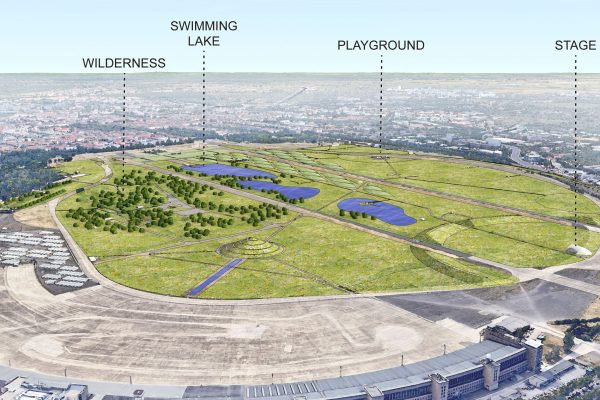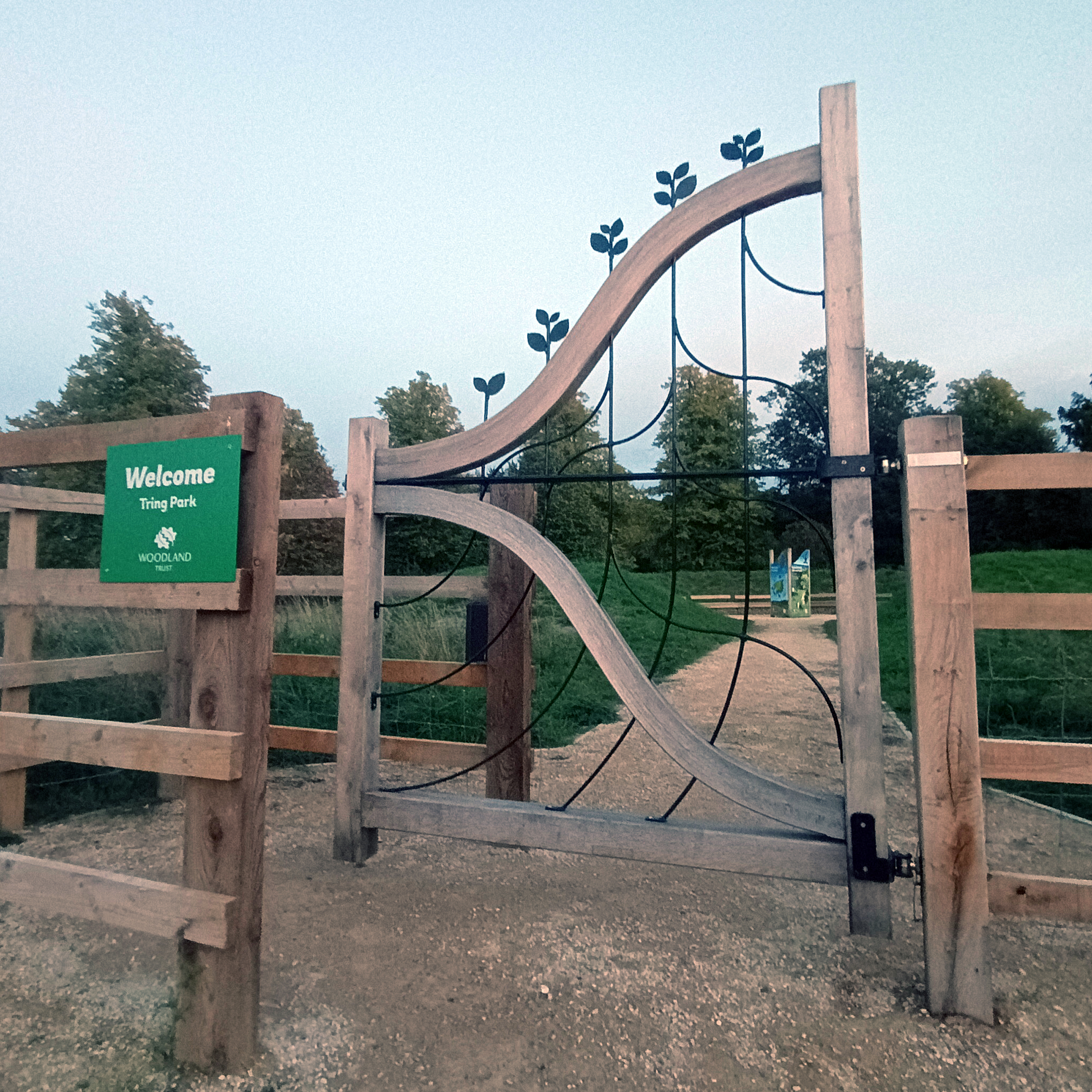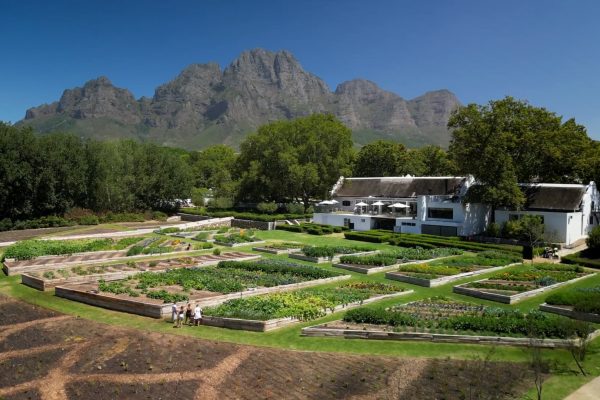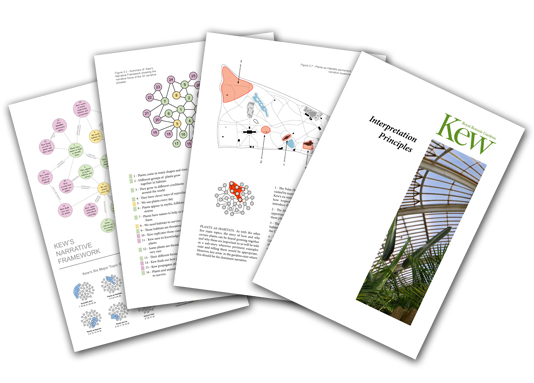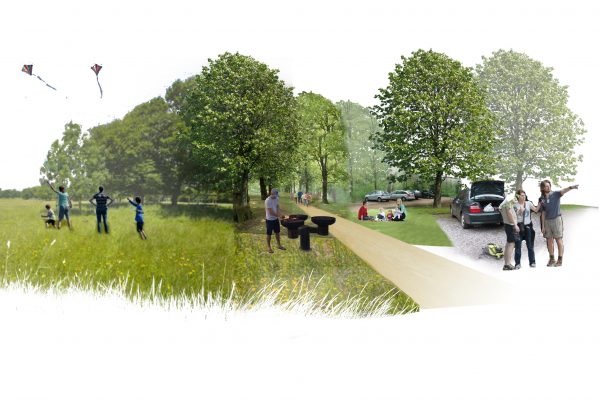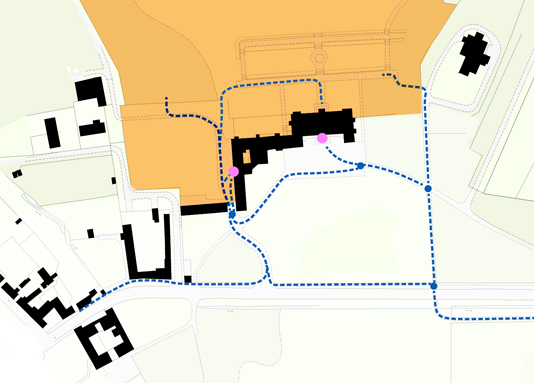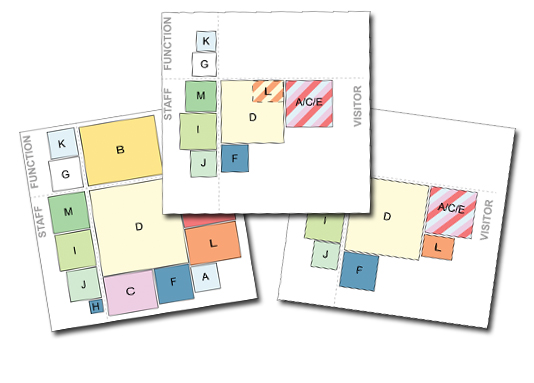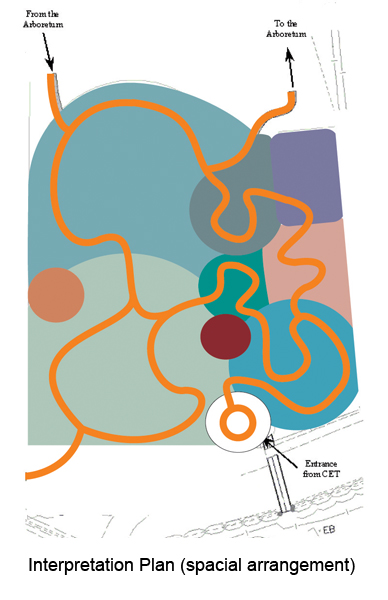A master plan is a single document that lays out the broad vision for a site, encompassing all areas of operation, and provides a route map for achieving this. It is used as a point of reference for subsequent decisions, thus ensuring that all the small changes made to the site do not happen in isolation but come together to create something that is greater than the sum of its parts.
Good master-planning requires addressing the needs of a variety of stakeholders in one design. An understanding and experience of a broad spectrum of subject areas, such as ecology, landscape architecture, interpretation and business planning, means that FRLA is ideally placed to work with clients looking to create or update a master plan for their property. FRLA relishes the opportunity to find elegant solutions to complex problems.
We have recently written a short guide to the master-planning of botanic gardens, which is available free from here as a pdf or as a hard copy upon request. A lot of this document is also relevant to the master-planning of other natural heritage attractions.
We have worked with private estates to improve the arrival experience, connection of the house to the garden and wider estate, location and function of operational facilities. We have worked with visitor attraction operators, such as the National Trust and the Woodland Trust, to improve visitor flow, parking and interpretation of their sites as well as the scaling and arrangement of visitor centres.
